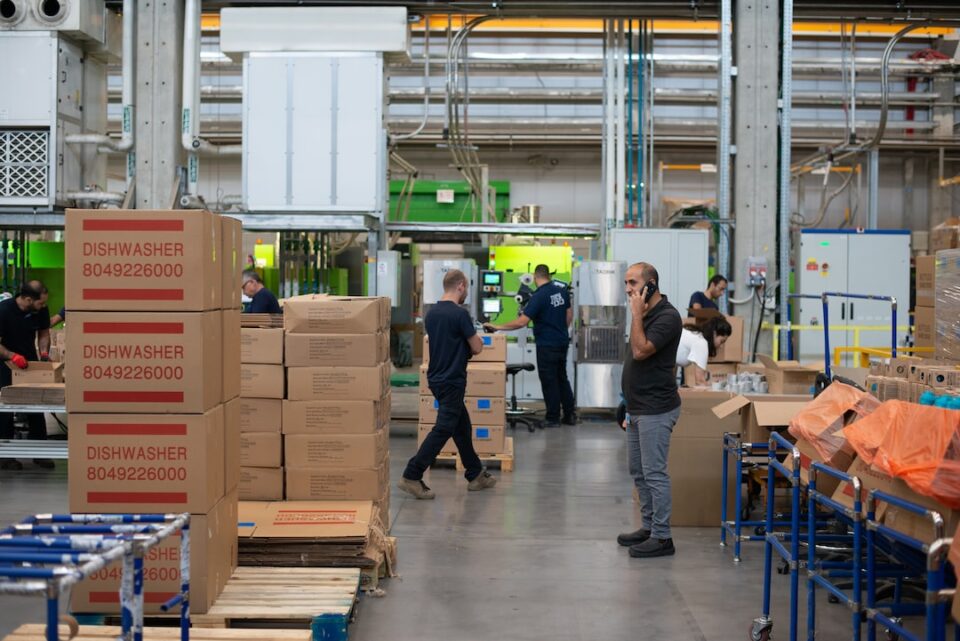The Role of Virtual Reality in Manufacturing Design and Prototyping
In recent years, virtual reality (VR) has emerged as a groundbreaking technology with the potential to revolutionize various industries. One area where VR shows immense promise is in manufacturing design and prototyping. With its ability to create virtual environments and simulate real-world scenarios, virtual reality is bringing new possibilities to the manufacturing industry. In this blog post, we will explore the role of virtual reality in manufacturing design and prototyping and its impact on the industry.
Designing and prototyping products is an essential part of the manufacturing process. Traditionally, designers would create 2D drawings and physical prototypes to visualize and iterate on their designs. However, this approach had its limitations. It could be time-consuming, costly, and sometimes inefficient. Enter virtual reality, which allows designers to create, manipulate, and explore products in a virtual space.
One of the key benefits of using virtual reality in manufacturing design is the ability to visualize designs in a three-dimensional (3D) environment. Designers can immerse themselves in a virtual world and experience their creations from various angles and perspectives. This immersive experience enables designers to identify potential issues or improvements early on in the design process, saving both time and resources. They can evaluate the ergonomics, aesthetics, and functionality of a design before it even reaches the physical prototyping stage.
Additionally, virtual reality enhances collaboration among design teams. In a virtual environment, multiple designers can work together simultaneously, regardless of their physical location. This allows for real-time collaboration, where team members can interact with each other and the virtual model, discussing and making changes in real-time. The ease of collaboration offered by virtual reality reduces misunderstandings, improves communication, and speeds up the design process, ultimately leading to better-designed products.
Furthermore, virtual reality helps address the challenge of prototyping physical parts. Creating physical prototypes can be time-consuming and expensive, especially when changes need to be made. Virtual reality eliminates the need for physical prototyping altogether. By using virtual reality, designers can create and simulate prototypes virtually, allowing them to analyze the performance, fit, and function of a product without the constraints of physical materials. This speeds up the prototyping process and reduces costs while providing an accurate representation of the final product.
Virtual reality also enables designers to test their products in virtual environments that simulate real-world conditions. For example, in the automotive industry, virtual reality can recreate the experience of driving a car or interacting with its controls. This allows designers to evaluate the usability and user experience of a product before it enters production. By detecting any potential issues in the virtual environment, manufacturers can minimize costly errors and ensure that their products meet safety and usability standards.
Moreover, virtual reality provides the opportunity for stakeholders and customers to experience and provide feedback on products before they are manufactured. Virtual reality can create virtual showrooms or stores where potential customers can interact with virtual products. They can explore product features, customize options, and even visualize how the product will fit into their environment. This immersive experience not only helps manufacturers gather valuable customer feedback but also acts as a marketing tool, building excitement and anticipation for the product.
As virtual reality technology continues to evolve and improve, its role in manufacturing design and prototyping is set to expand further. With advancements in haptic feedback, designers may be able to touch and feel virtual objects, enhancing the realism of the virtual experience. The integration of artificial intelligence (AI) into virtual reality systems could also enable automated design optimization, where AI algorithms provide suggestions for improving designs based on predefined criteria or user feedback.
In conclusion, virtual reality has a significant role to play in manufacturing design and prototyping. Its ability to create 3D virtual environments, enhance collaboration, eliminate the need for physical prototypes, and enable virtual testing and customer feedback is reshaping the manufacturing industry. As virtual reality technology matures, it will continue to unlock new possibilities, making the design and prototyping process more efficient, cost-effective, and immersive than ever before.


